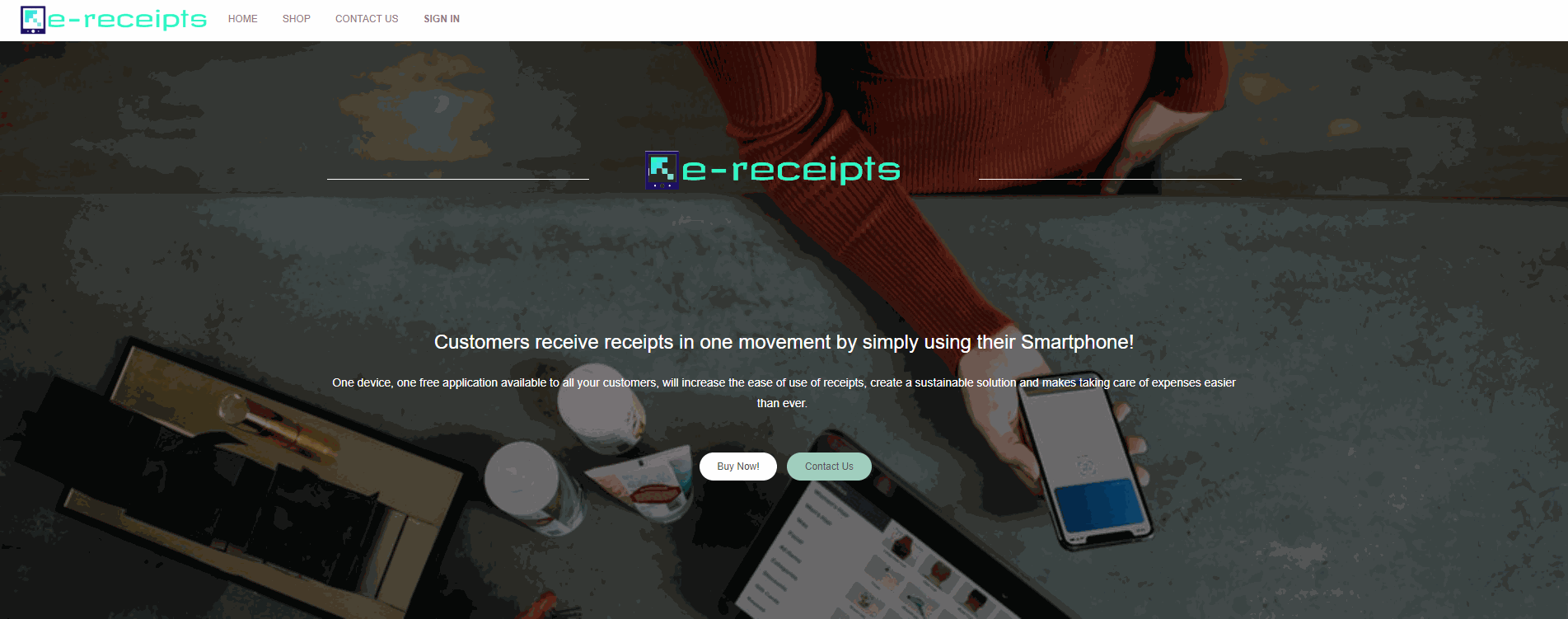Every year, the Industrial Engineering/ICT students of the University participate in the "Product design to online business" project, in which the students are faced with the challenge of setting up a small company and designing a product.
The students are faced with the challenge of putting a viable product on the market, in which sustainability is of paramount importance. Because a company without ERP system difficult to manage, Odoo is used as the backbone for the company. Odoo naturally has the advantage that a fully workable system can be set up in a relatively short period of time and, of course that sales, purchasing, accounting and production are all available in one environment.
To help the students get started with Odoo, we have been asked to provide a few sessions in which we give a demonstration of the possibilities and, of course, examples of how Odoo is used in practice. To ensure that it did not become hours of listening, a case was treated every week, in which we went a little further each week.

The students pick up quickly and soon find their way around Odoo. Where we are still busy in the first session creating a product with a few variants, a few weeks later we are already busy outsourcing production items to third parties by means of subcontractors and deferred turnover is booked in the accounting. During the sessions, the modules were discussed, as well as how the modules are used in practice. So that it becomes clear that despite the user-friendliness, serious companies work with it.
Due to the Corona virus, the project was finally closed digitally, with the students giving an online presentation of their company. As a jury member, I have been able to assess a number of companies. In the end, the entire jury was allowed to designate two winners.

The first winner is the company that had designed a fresh container that can indicate how long the food can still be kept in it. The second winner is the company that offers paperless receipts. Through a QR code from a screen, you can scan your receipt at the cash register so that it is no longer necessary to ask for printed receipts
In addition to the sales, purchasing and accounting module, the production module is also used, and the repair module is used when the devices have a defect. In a relatively short time, the students have all set up a fully-fledged system on which a company can build.
It was fascinating to see how one challenge could lead to alternative solutions. The resilience with which they dealt with any “defects” was also inspiring. Where we sometimes tend to look for customization or a third-party app for a need, the students shrugged their shoulders and looked for an alternative method.
30 Companies live with Odoo in 8 weeks